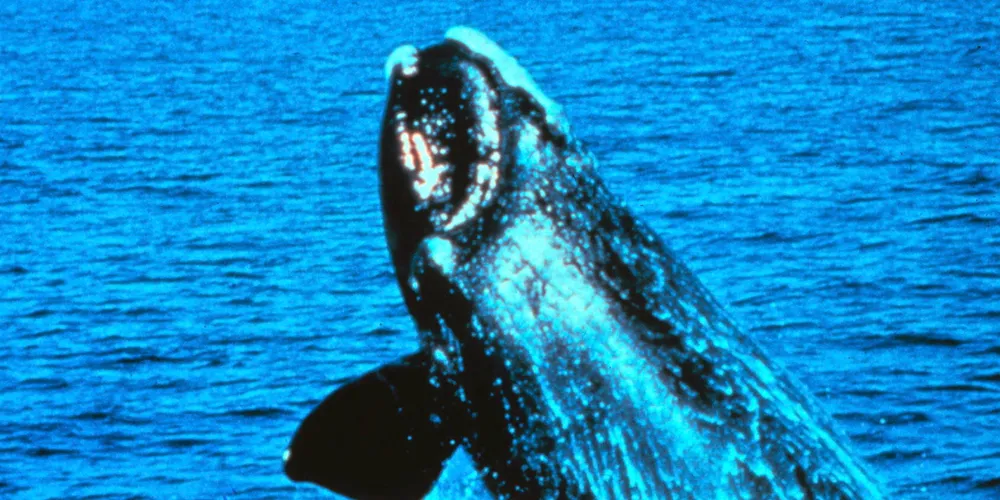Environmentalists slam 'backwards' US policy for floating offshore wind in Gulf of Maine
Watchdog group claims 'short term' federal policy on assessment puts expediency ahead of sustainable development

Environmental watchdog the Conservation Law Foundation (CLF) slammed the US government for its refusal to conduct a thorough impact assessment for the entire Gulf of Maine before advancing the offshore wind industry in the region.
“It’s simply backwards to choose areas for offshore wind development before doing a full environmental analysis, which would ultimately save time and money if done now,” said Erica Fuller, senior attorney at CLF. “This decision epitomises short-term thinking that will only cause problems in the long run.”
The Gulf of Maine, a vast, windswept, deep-water area of the North Atlantic bordering the states of Maine, New Hampshire, and Massachusetts, holds an estimated 65GW of potential offshore wind capacity and is tapped for floating wind development as early as mid-2024.
But it’s also a rich marine ecosystem that supports many threatened species, including the critically endangered North Atlantic right whale, as well as important fisheries, creating ample opportunity for stakeholder conflicts.
A CLF-led coalition of prominent environmental groups, including the Audubon Society and the Natural Resources Defense Council (NRDC), last May requested that the federal government conduct an intensive environmental impact review before the commercial leasing process began.
By longstanding policy, BOEM only conducts in-depth environmental impact statements (EIS) for offshore wind on a project-by-project basis after leases are sold and a construction and operations plan submitted, drawing criticism that its process risks missing cumulative, region-wide impacts.
Fuller said: “It is critical to advance offshore wind to respond to the climate crisis and clean up our electric grid, but it must be done in a science-based, inclusive and transparent way.”
The rebuke by CLF comes amid growing concern over marine ecosystems and the fate of the right whale, of which only some 340 individuals remain. Entanglement in lobster pot lines and other fisheries gear is the leading cause of whale mortality, and rules further restricting the lobster fisheries in the Gulf of Maine have recently been upheld by federal courts.
The Gulf of Maine’s deep waters will require floating platforms, which may also raise the risk of entanglement, not directly in the mooring cables fixing the platform to the seafloor, which are up to eight inches (20cm) thick and under tonnes of pressure, but from secondary entanglement from fishing gear caught in them.
A more immediate threat to the right whale and other large marine animals is vessel collision, which will be heightened by offshore wind development activities, according to NRDC.
“Constructing and operating floating offshore wind turbines will increase vessel traffic, as vessels are needed to transport materials and personnel from shore to wind farm and back,” the environmental group said. “With higher levels of vessel traffic comes an increased risk that vessels will hit whales, sea turtles, and other marine wildlife.”
NRDC added that as birds exhibit different flight behaviours in the faster winds farther out to sea, where floating wind turbines will likely be installed, it “may increase turbine collision risk”.
The threat posed by the floating wind industry to the Gulf of Maine marine environment, however, “pales in comparison to the impact of climate change”, said Brady.
He noted that warming seas have already pushed the right whale’s preferred food source, small crustaceans called copepods, into cooler, more northerly waters. If this trend continues, the whales will be forced to feed in the heavily transported shipping lanes leading to the Bay of Fundy in Canada, increasing the risk of vessel collision.
“Climate change is a way bigger threat to the whales than floating wind,” he said.
(Copyright)